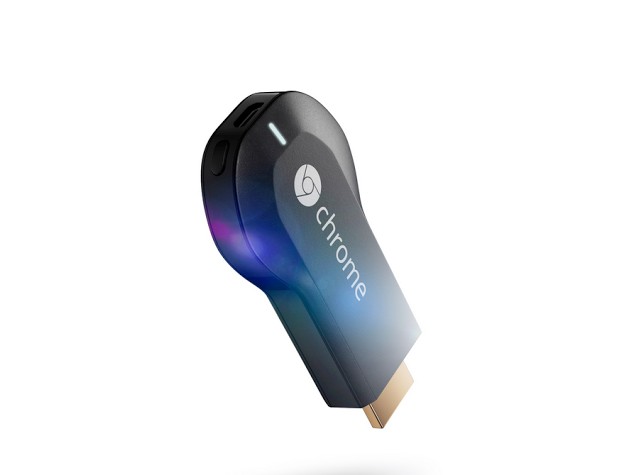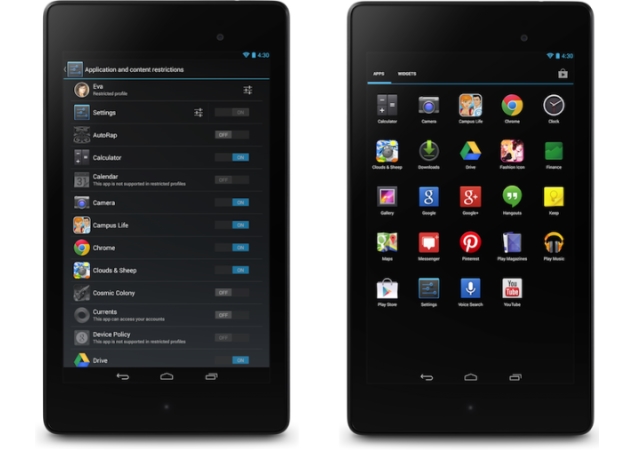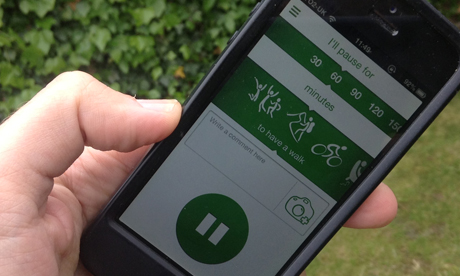You must be scared that some day from some computer in the world someone else would get into your account and take everything away. Well, if that is your case then this article is for you and if it isn't your case then also read on how to save your account in 8 simple steps.
- Every email service provider, be it Gmail, Yahoo, Hotmail, etc. has different security measures. All of the above companies timely provides security steps to protect user's account. They timely send emails to their customers like your account is being attempted to compromised from different IP addresses. Please change your password.
- Email address. Have a complicated email address, not so you will forget it, but so no one else can guess it through your name (it should contain a number - for example, John023@_____.com)

- Have a secure password. Passwords are there to protect your account; without passwords we would be lost. Make sure your password is complicated; do not use your name, or last name. For example, do not put in "John" because the first thing that hackers will do is to guess your password based on your name. Don't use a phrase or use a pet name that most people know about. For example, do not put in "MyPetMaddy" or "ShowUsYouFeelGood". Try to use a complicated code like "mkael092" or use a code like this "09484M92", so it is impossible to guess. Choose a password you have not previously used on your account before. A good password will contain a combination of uppercase and lowercase letters; numbers; and/or special characters such as %, $, and +. It is very important to keep your password private at all times. A password that contains a mixture of letters and numbers is a good way of securing your password.

- Protect your computer. If your computer is wireless or does not use any antivirus software and is used not just by you, your email address and password is completely at risk. Download free antivirus software by going to www.avast.com. Using wireless isn't the safest form of using the Internet, as it can be hacked by people using network sniffers. If you have no other choice, make sure you have a WPA key on your wireless Internet connection. You can change or add one by going into Connections -> Your Wireless Network -> Wireless Map -> Your Router -> Properties -> Device Webpage. Then click Wireless Security Settings and then "WEP/WPA Key". It's best to have it set using a WPA key as it's the latest version of security.

- Your email ID and its password are your own confidential information. No company's employee will ever ask you for your password in an unsolicited phone call or email message. The sender is a hacker, no doubt. S/he wants to gain access to your account and send spam emails, like asking money from your contacts or make an unauthorized third party send spam or fraudulent emails to your contact list.

- If you are a victim of such a scenario, please contact the respective company immediately. Every company has an account verification department. They also provide instant chat support/phone support. By changing your password immediately, you quickly minimize the resulting risk of your Yahoo! account.

- If you are ever asked for your password in an unsolicited manner or by someone you do not believe to be a representative of Yahoo!/Hotmail/Facebook/gmail, etc., please do not share your password with them and ask them the reason for asking or contact directly the respective company, as they have a separate department to handle such issues, like Yahoo!'s mail abuse depart

- You should change the security questions and answers wisely. The answer to a good security question:

- Cannot be easily guessed or researched
- Doesn't change over time
- Is memorable
- Is simple or definitive
Tips
- Keep a copy (if you have to) of your password written down somewhere.
- Mix letters and numbers change john2468 to (j2o4h6n8).
- Do not tell anyone a clue to your password.
- Believe it or not, a string of three to four words in a row (i.e. MountainPhoneCandyJupiter) is more memorable and more secure than a difficult to remember password that is shorter. Length matters more than difficulty to guess when you're dealing with a hacker that uses a program.
- Do not tell anyone your password.
- Do not keep a copy of your email details on the Internet or on your system



































